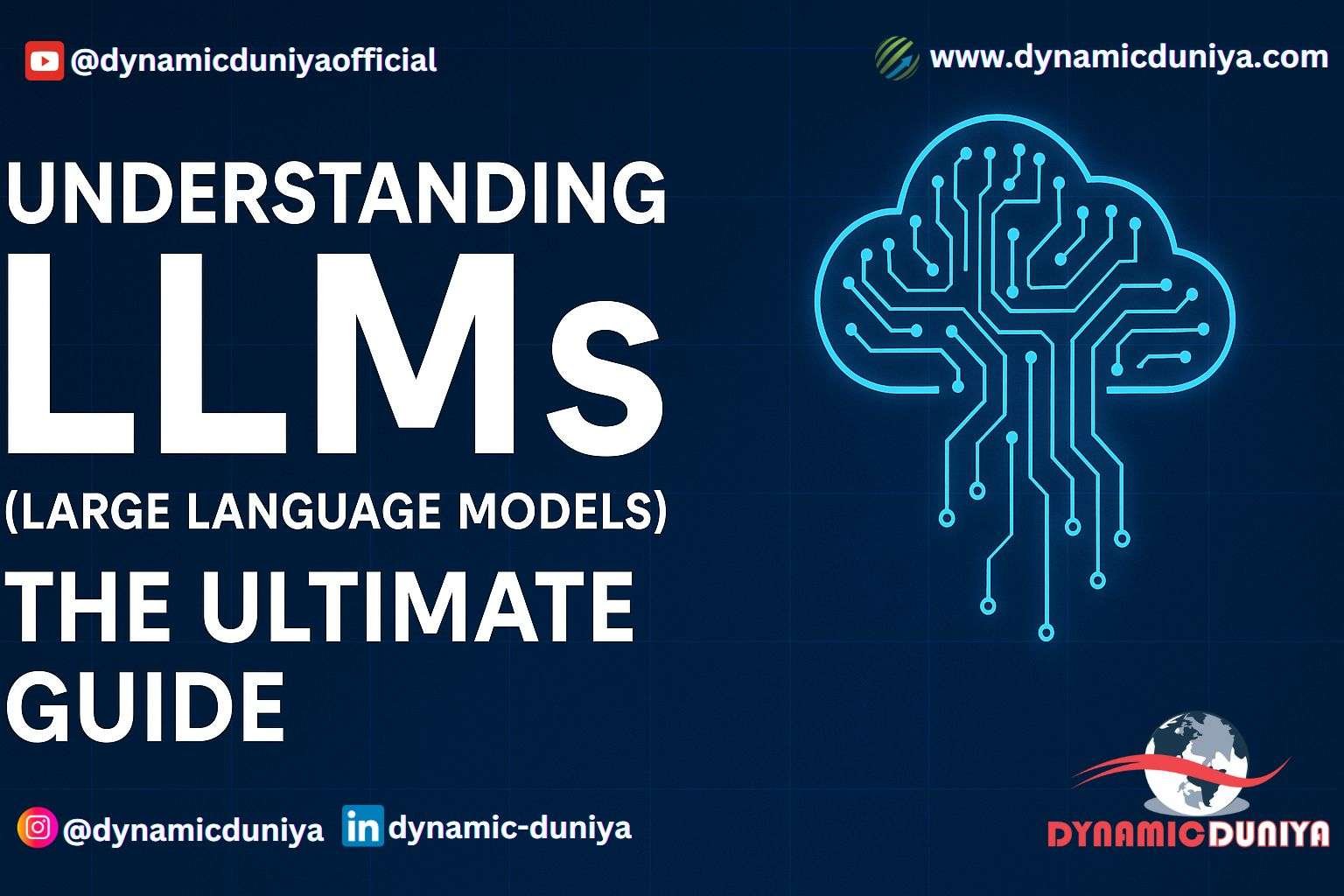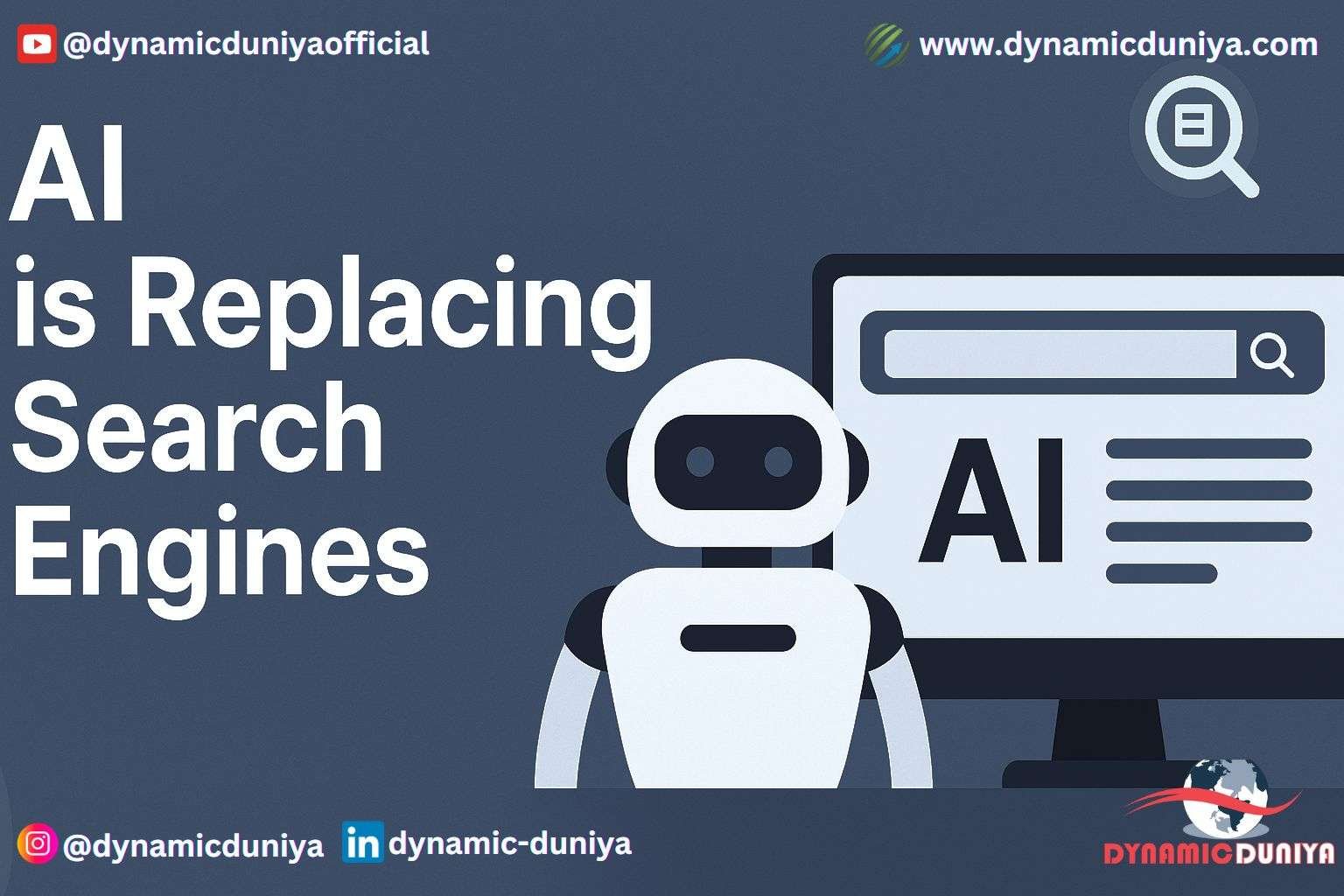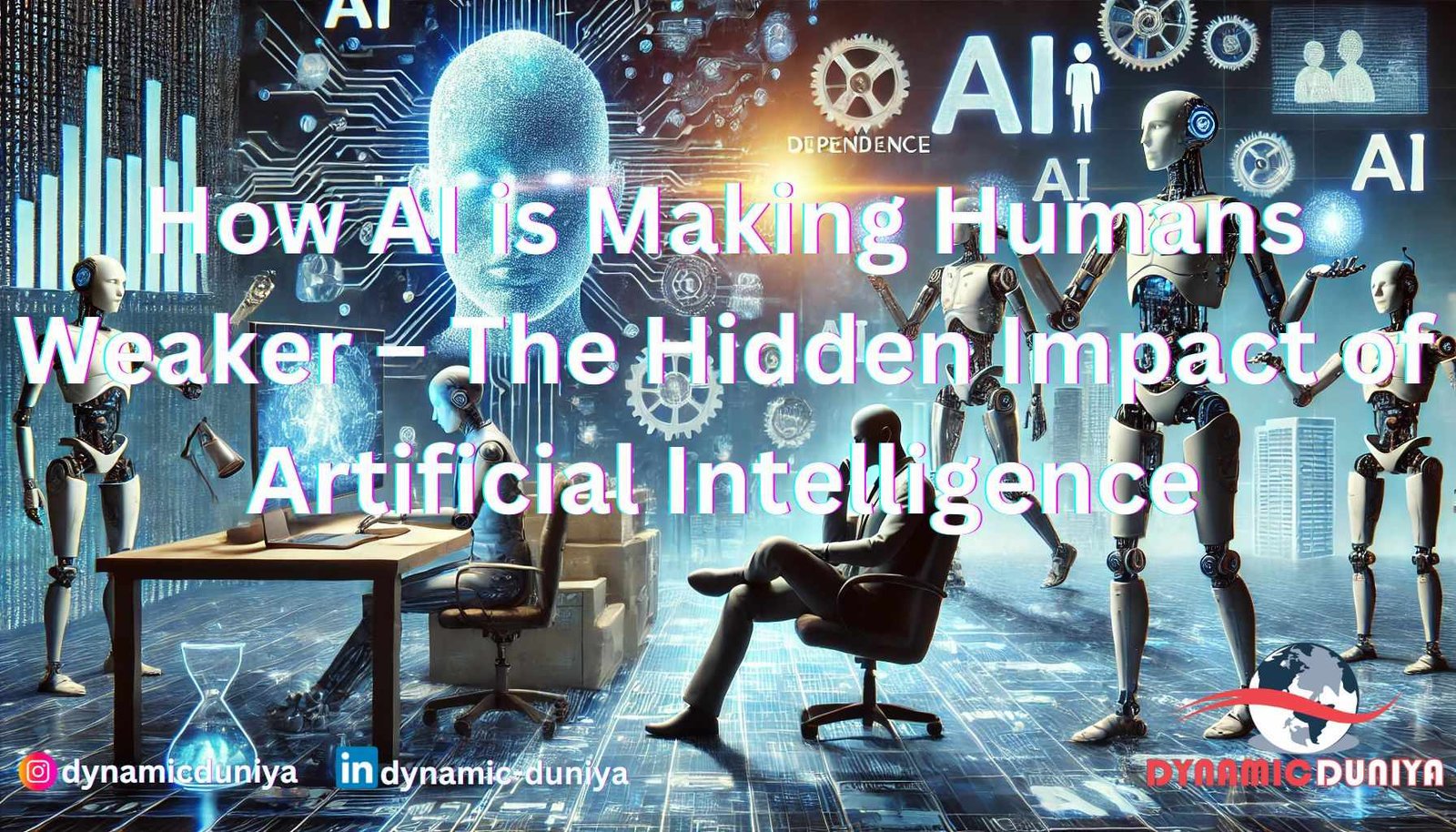Understanding LLMs (Large Language Models): The Ultimate Guide for 2025

Artificial Intelligence is evolving at an incredible pace, and one of the most transformative breakthroughs in recent years is the emergence of LLMs – Large Language Models. Despite their wide adoption, there is still confusion about what LLMs are, how they work, and what makes them central to modern AI applications. In this blog, we’ll deeply unpack LLMs, how they differ from traditional AI models, and why they are crucial for the future of technology.
What is an LLM (Large Language Model)?
A Large Language Model (LLM) is an AI model trained on vast amounts of text data to understand, generate, and manipulate human language. LLMs like OpenAI's GPT-4, Google's PaLM, and Meta’s LLaMA can:
- Generate human-like text
- Answer complex questions
- Translate languages
- Summarize articles
- Write code
- Create content
- Perform reasoning and analysis
These models use deep learning (particularly Transformer architecture) and require billions of parameters and trillions of tokens to train.
Core Characteristics of LLMs
| Feature | Description |
|---|---|
| Transformer-based | Built using the Transformer architecture introduced by Google in 2017 |
| Pre-trained | Trained on a massive corpus of internet data, books, articles, code, etc. |
| Fine-tuned | Adapted to specific tasks or domains |
| Multi-purpose | Can perform a wide range of NLP tasks |
| Context-aware | Understands and generates text based on input prompts |
How Do LLMs Work?
LLMs follow these broad steps:
- Pretraining: The model learns the structure and patterns of language from enormous datasets.
- Fine-tuning: Optional stage to specialize the model for tasks (e.g., medical or legal text).
- Prompting: Users provide input prompts; the model generates responses.
- Reinforcement Learning from Human Feedback (RLHF): Used to align outputs with human preferences.
Key LLMs in the Market
| Model | Organization | Notable Features |
| GPT-4 | OpenAI | Advanced reasoning, multilingual, code generation |
| PaLM 2 | Google DeepMind | Google Bard integration, multilingual support |
| Claude | Anthropic | Safety-focused LLM with long context memory |
| LLaMA 3 | Meta | Open-weight models, community focused |
| Mistral | Mistral AI | Lightweight and fast open-source LLMs |
| Gemini | Integrates with Google ecosystem and tools |
Use Cases of LLMs in 2025
- Customer Support Automation
- Coding Assistants (e.g., GitHub Copilot)
- AI Content Writing
- Legal Document Analysis
- Medical Diagnostics and Recommendations
- Chatbots and Virtual Agents
- Data Analysis and Reporting
- Language Translation and Localization
Technologies That Power LLMs
- Transformer Architecture
- Attention Mechanism
- Deep Neural Networks (DNNs)
- Tokenization Algorithms (BPE, WordPiece)
- Distributed Training (TPUs, GPUs)
- Vector Embeddings
LLM vs Traditional NLP
| Aspect | LLMs | Traditional NLP |
| Learning | Self-supervised | Rule-based or task-specific |
| Scalability | Massive | Limited |
| Accuracy | High (contextual) | Moderate |
| Training Data | Internet-scale | Task-specific datasets |
| Generalization | Multi-task | Narrow focus |
Common Misconceptions
- "LLMs understand language like humans" – False. They predict text based on patterns.
- "LLMs can reason perfectly" – Not always. They often hallucinate or make factual errors.
- "Bigger is always better" – Sometimes smaller fine-tuned models outperform large general ones.
Challenges and Limitations
- Bias in training data
- Misinformation and hallucination
- High computational cost
- Data privacy concerns
- Ethical and legal accountability
Learning Outcomes for Students & Professionals
By learning LLMs, you can:
- Understand how modern AI works
- Build powerful chatbots and applications
- Learn prompting and fine-tuning
- Enter careers in AI engineering, NLP, LLM Ops, and Generative AI
Key Frameworks & Tools
- Hugging Face Transformers
- LangChain
- OpenAI API
- Cohere
- Pinecone (vector DBs)
- Weaviate, ChromaDB
Careers in LLM and Salary Trends (2025)
| Role | Average Salary (USD) | Average Salary (INR) |
|---|---|---|
| AI/ML Engineer | $120,000/year | ₹1 Crore/year approx. |
| Data Scientist | $110,000/year | ₹91 Lakhs/year approx. |
| LLM Research Scientist | $135,000/year | ₹1.12 Crore/year approx. |
| Prompt Engineer | $100,000/year | ₹83 Lakhs/year approx. |
| LLM Fine-Tuning Engineer | $125,000/year | ₹1.04 Crore/year approx. |
| NLP Engineer | $115,000/year | ₹95 Lakhs/year approx. |
| AI Solutions Architect | $140,000/year | ₹1.16 Crore/year approx. |
| Ethical AI Specialist | $105,000/year | ₹87 Lakhs/year approx. |
Note: INR values are approximate, based on a 2025 exchange rate of $1 ≈ ₹83–₹84, and can vary depending on location, skills, and company size.
Summary
LLMs are not just a buzzword — they are redefining how humans interact with machines. From casual chatbots to enterprise-level AI agents, LLMs will be a foundation of the next generation of software systems.
Whether you're a student starting out or a working professional shifting into AI, learning about LLMs now will future-proof your skills.
Random Blogs
- Top 10 Knowledge for Machine Learning & Data Science Students
- Exploratory Data Analysis On Iris Dataset
- Grow your business with Facebook Marketing
- Internet of Things (IoT) & AI – Smart Devices and AI Working Together
- How AI is Making Humans Weaker – The Hidden Impact of Artificial Intelligence
- The Beginner’s Guide to Normalization and Denormalization in Databases
- Understanding Data Lake, Data Warehouse, Data Mart, and Data Lakehouse – And Why We Need Them
- What to Do When Your MySQL Table Grows Too Wide
- Why to learn Digital Marketing?
- Google’s Core Update in May 2020: What You Need to Know
Prepare for Interview
- JavaScript Interview Questions for 5+ Years Experience
- JavaScript Interview Questions for 2–5 Years Experience
- JavaScript Interview Questions for 1–2 Years Experience
- JavaScript Interview Questions for 0–1 Year Experience
- JavaScript Interview Questions For Fresher
- SQL Interview Questions for 5+ Years Experience
- SQL Interview Questions for 2–5 Years Experience
- SQL Interview Questions for 1–2 Years Experience
- SQL Interview Questions for 0–1 Year Experience
- SQL Interview Questions for Freshers
- Design Patterns in Python
Datasets for Machine Learning
- Awesome-ChatGPT-Prompts
- Amazon Product Reviews Dataset
- Ozone Level Detection Dataset
- Bank Transaction Fraud Detection
- YouTube Trending Video Dataset (updated daily)
- Covid-19 Case Surveillance Public Use Dataset
- US Election 2020
- Forest Fires Dataset
- Mobile Robots Dataset
- Safety Helmet Detection
- All Space Missions from 1957
- OSIC Pulmonary Fibrosis Progression Dataset
- Wine Quality Dataset
- Google Audio Dataset
- Iris flower dataset
- Artificial Characters Dataset
- Bitcoin Heist Ransomware Address Dataset




